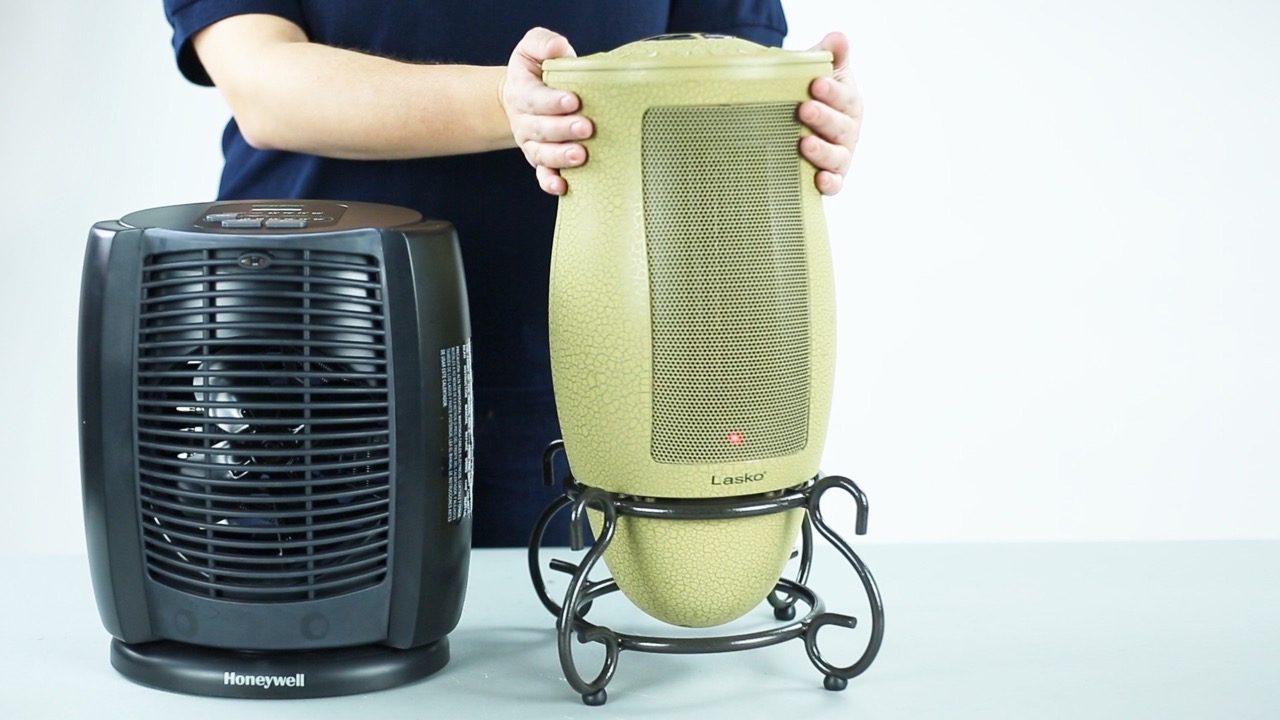

Articles
What Is The Safest Kind Of Space Heater
Modified: October 20, 2024
Discover the safest kind of space heaters with our informative articles. Stay warm and worry-free with our expert tips and recommendations.
(Many of the links in this article redirect to a specific reviewed product. Your purchase of these products through affiliate links helps to generate commission for Storables.com, at no extra cost. Learn more)
Introduction
During cold winter months, many people turn to space heaters for additional warmth and comfort in their homes or offices. However, with numerous options available on the market, it can be challenging to determine which type of space heater is the safest and most suitable for your needs.
In this article, we will explore different types of space heaters and discuss their safety features, energy efficiency, and overall performance. By understanding the pros and cons of each type, you can make an informed decision that prioritizes both your comfort and safety.
Before diving into the different types of space heaters, it’s essential to note that all space heaters come with inherent risks. To minimize these risks, it is crucial to follow the manufacturer’s instructions and take proper safety precautions. This includes keeping flammable objects away from the heater, never leaving it unattended, and ensuring it is placed on a stable surface.
Now, let’s delve into some of the most common types of space heaters available:
Key Takeaways:
- Stay warm and safe with the right space heater. Consider factors like heating capacity, safety features, and energy efficiency to make an informed choice that suits your specific needs and prioritizes the safety of your home.
- Prioritize safety when using space heaters. Follow manufacturer’s instructions, keep heaters away from flammable objects, ensure proper ventilation, and use electrical safety precautions. Regular maintenance and adherence to safety guidelines are essential for safe and effective operation.
Convection Heaters
Convection heaters work by heating the surrounding air and then circulating it throughout the room. These heaters feature heating elements, often made of metal, that warm the air as it passes over or through them. The heated air then rises and creates a convection current, distributing warmth evenly.
One of the advantages of convection heaters is their ability to provide consistent and uniform heat. They are also relatively quiet and do not produce bright lights or strong odors. Additionally, most convection heaters come with built-in thermostat controls, allowing you to set the desired temperature and maintain it throughout the day.
When it comes to safety, convection heaters are generally considered safe. They do not have exposed heating elements, reducing the risk of accidental burns. However, caution should still be exercised, especially around children and pets.
Some newer models of convection heaters also come with additional safety features such as tip-over protection and overheat protection. The tip-over protection automatically shuts off the heater if it gets knocked over, while the overheat protection feature turns off the heater if it exceeds a certain temperature.
However, it is important to note that convection heaters can take some time to warm up a room compared to other types of heaters. This is because they rely on the natural circulation of air to distribute heat. As a result, they may not be the best option for quickly heating up a space.
Overall, convection heaters are a safe and reliable choice for providing consistent warmth in a room. With their thermostat controls and additional safety features, they offer convenience and peace of mind to users. However, it is important to consider the heating capacity and energy efficiency of the specific model you choose to ensure it meets your heating needs efficiently.
Radiant Heaters
Radiant heaters are a popular choice for individuals seeking focused and immediate heat in a specific area. Unlike convection heaters that heat the air, radiant heaters emit infrared rays that directly heat objects and people in their path. This type of heating mechanism makes radiant heaters ideal for quick and targeted heat delivery.
One of the primary advantages of radiant heaters is their ability to provide instant warmth. As soon as you turn on the heater, you will feel the heat on your skin. This makes them a great option for smaller spaces or for individuals who prefer localized heat rather than warming up an entire room.
Radiant heaters come in different forms, including electric and gas-powered models. Electric radiant heaters are generally considered safer as they do not produce any emissions or fumes, making them suitable for indoor use. They also usually feature automatic shut-off mechanisms when they reach a certain temperature or if they are tipped over.
When it comes to safety, there are a few considerations to keep in mind with radiant heaters. Since they directly heat objects, they can pose a burn risk if touched or if flammable materials are placed too close to them. It’s crucial to maintain a safe distance and keep any combustible items away from the heater.
Another safety precaution is to ensure adequate ventilation if you are using a gas-powered radiant heater. The burning fuel can produce carbon monoxide, which can be harmful if inhaled in high concentrations. Therefore, it is necessary to use these heaters in well-ventilated areas or ensure proper indoor air circulation.
Overall, radiant heaters are a good choice for providing immediate and targeted heat in small spaces. Their quick heat delivery and focused heating make them efficient and convenient for specific heating needs. However, it is important to be mindful of the safety considerations and ensure proper usage to prevent any accidents.
Ceramic Heaters
Ceramic heaters utilize ceramic heating elements to provide efficient and comfortable warmth. These heaters contain ceramic plates or coils that heat up when electricity passes through them. The heat is then dispersed into the surrounding area, creating a consistent and even level of warmth.
One of the key advantages of ceramic heaters is their rapid heating ability. They can reach their maximum operating temperature quickly, making them ideal for quickly warming up small to medium-sized rooms. Additionally, they are often equipped with adjustable thermostat controls, allowing you to maintain a desired temperature.
Ceramic heaters are also known for their energy efficiency. As the ceramic elements retain their heat even after the unit has turned off, they require less energy to maintain the desired temperature. This can result in cost savings and reduced energy consumption compared to other types of space heaters.
In terms of safety, ceramic heaters typically feature cool-touch exteriors, reducing the risk of accidental burns. The ceramic heating elements themselves do not become as hot as other types of heaters, making them a safer option for households with children or pets. Furthermore, many models come with built-in tip-over protection and automatic shut-off features to prevent accidents.
While ceramic heaters generally provide safe and efficient heating, it is important to ensure proper usage and maintenance. Regularly cleaning the unit, especially the ceramic heating elements, can help prevent dust buildup, which can affect the heater’s performance. Additionally, it is crucial to keep flammable objects away from the heater and place it on a stable and flat surface to minimize the risk of accidents.
Overall, ceramic heaters are a reliable and energy-efficient option for heating small to medium-sized spaces. With their rapid heating capabilities, adjustable thermostat controls, and safety features, they provide both comfort and peace of mind. However, it is essential to follow the manufacturer’s instructions and take necessary precautions to ensure safe and efficient operation.
Look for space heaters with safety features such as tip-over and overheat protection. Additionally, choose a heater with a cool-touch exterior to prevent burns.
Oil-Filled Heaters
Oil-filled heaters, also known as oil heaters or radiator heaters, are a type of space heater that uses electrical energy to heat a reservoir of oil. The oil is heated by an electric heating element, and the heat is then gradually released into the surroundings through the surface of the heater.
One of the significant advantages of oil-filled heaters is their ability to provide long-lasting heat. The oil retains heat well, allowing the heater to emit warmth even after it has been turned off. This feature makes oil-filled heaters highly efficient and energy-saving since they require less energy to maintain a consistent temperature.
Oil-filled heaters are also known for their silent operation. Unlike some other types of heaters that produce fan noise or blowing sounds, oil-filled heaters work silently. This makes them an excellent choice for use in bedrooms, offices, or other areas where quietness is desired.
In terms of safety, oil-filled heaters offer several benefits. The heating element is fully enclosed within the system, reducing the risk of accidental burns. The outer surface of the heater usually remains cool to the touch, making it a safe option for households with children or pets. Many models also have built-in tip-over protection, which automatically shuts off the heater if it is knocked over.
Additionally, oil-filled heaters do not require refilling or replacing the oil, as the oil is permanently sealed within the unit. This eliminates the hassle of maintenance and reduces the risk of leaks or spills.
However, it is important to note that oil-filled heaters can take longer to heat up compared to other types of heaters. The heated oil needs time to reach the desired temperature, resulting in slower heat distribution. As a result, oil-filled heaters may not be the best option for individuals seeking instant heat.
Overall, oil-filled heaters offer long-lasting warmth and energy efficiency, along with safety features and silent operation. Their enclosed heating element and cool-touch surface make them a safe choice, while their ability to retain heat even after being turned off ensures continuous comfort. However, their slower heat distribution may not be suitable for those who need quick and immediate warmth.
Read more: What Is The Safest Material For Dinnerware?
Micathermic Heaters
Micathermic heaters are a unique type of space heater that combine both radiant and convection heating technologies. They use a thin sheet of mica, a type of silicate mineral, as the heating element. The mica sheet is heated by electrical currents, which then radiates and conveys heat into the surrounding area.
One of the significant advantages of micathermic heaters is their ability to provide quick and efficient heat distribution. The mica sheet heats up rapidly, allowing the heater to generate warmth almost instantly. This makes micathermic heaters an excellent option for situations where immediate heat is desired.
Another benefit of micathermic heaters is their energy efficiency. Due to their efficient heating mechanism, these heaters require less energy to maintain a comfortable temperature in a room. This can result in cost savings and reduced energy consumption over time.
Micathermic heaters are known for their slim and lightweight design. They are often wall-mountable or equipped with caster wheels, making them easy to move around and position in different areas of the room. This versatility allows for optimal heat distribution and adaptability to various living spaces.
In terms of safety, micathermic heaters often feature cool-touch exteriors, reducing the risk of accidental burns when touched. Some models also come with overheating protection and tip-over switches, which automatically shut off the heater if it becomes too hot or is accidentally knocked over.
It is important to note that micathermic heaters may produce a slight odor during initial use. This odor is harmless and dissipates quickly. However, if the odor persists or becomes stronger over time, it is recommended to contact the manufacturer or discontinue use to inspect for any issues.
Overall, micathermic heaters offer a combination of radiant and convection heating, providing quick and efficient warmth in a lightweight and compact design. With their energy efficiency, safety features, and versatility, they are a popular choice for those seeking efficient heating without compromising on comfort. However, it is essential to follow the manufacturer’s instructions and take necessary precautions for safe and effective usage.
Safety Considerations
While space heaters can provide additional warmth and comfort, it is crucial to prioritize safety when using them. Here are some important safety considerations to keep in mind:
1. Placement: It is important to place the space heater on a stable and flat surface, away from any flammable materials such as curtains, furniture, or bedding. Keep a clear space of at least three feet around the heater to prevent any potential fire hazards.
2. Ventilation: Ensure proper ventilation when using fuel-powered space heaters such as gas or kerosene heaters. Use them in well-ventilated areas or open a window to allow fresh air circulation and prevent the buildup of toxic gases like carbon monoxide.
3. Electrical Safety: When using electric space heaters, avoid overloading electrical outlets. Plug the heater directly into a wall outlet and avoid using extension cords or power strips, as they can overheat and cause a fire hazard.
4. Tip-over Protection: Look for space heaters with built-in tip-over protection. These models will automatically shut off if the heater is accidentally knocked over, reducing the risk of fires or burns.
5. Overheat Protection: Choose space heaters that have overheat protection features. These heaters will automatically shut off if they exceed a certain temperature, preventing overheating and potential fire hazards.
6. Child and Pet Safety: If you have children or pets, consider using space heaters that have cool-touch exteriors to minimize the risk of burns. Additionally, keep the heater out of reach and use safety gates or barriers to prevent accidental contact.
7. Unattended Use: Never leave a space heater unattended, especially when going to sleep or leaving the room. Always turn off the heater and unplug it when not in use to eliminate any potential fire risks.
8. Regular Maintenance: Follow the manufacturer’s instructions for regular cleaning and maintenance of the space heater. This includes removing dust and debris that can accumulate and affect the heater’s performance.
9. Smoke and Carbon Monoxide Detectors: Install smoke detectors and carbon monoxide detectors in your home, particularly in areas where space heaters are used. Regularly check the batteries and test the detectors to ensure they are fully functional.
It is important to read and familiarize yourself with the user manual and safety guidelines provided by the manufacturer of your specific space heater. By following these safety considerations and taking necessary precautions, you can enjoy the warmth and comfort of a space heater while minimizing potential risks.
Conclusion
Choosing the safest kind of space heater is vital for keeping your home warm and comfortable while prioritizing the safety of your household. In this article, we explored several popular types of space heaters: convection heaters, radiant heaters, ceramic heaters, oil-filled heaters, and micathermic heaters.
Each type of heater has its own advantages and considerations. Convection heaters offer consistent and uniform heat distribution, while radiant heaters provide targeted and immediate warmth. Ceramic heaters are known for their energy efficiency and safety features, while oil-filled heaters offer long-lasting warmth and silent operation. Micathermic heaters combine the benefits of radiant and convection heating in a lightweight and efficient design.
When using space heaters, it is essential to prioritize safety. Follow the manufacturer’s instructions, keep the heater away from flammable objects, ensure proper ventilation for fuel-powered heaters, and use electrical safety precautions. Look for models with tip-over protection and overheat protection features, especially if you have children or pets in the household. Regular maintenance, such as cleaning and checking smoke and carbon monoxide detectors, is also crucial.
In conclusion, there is no one-size-fits-all answer to the question of the safest kind of space heater. It ultimately depends on your specific needs, preferences, and safety considerations. By understanding the features and safety considerations of each type of space heater, you can make an informed decision that suits your requirements while prioritizing the safety of your home and loved ones.
Remember, proper usage, regular maintenance, and adherence to safety guidelines are essential to ensure the safe and effective operation of any space heater you choose. Stay warm, stay cozy, and stay safe!
Frequently Asked Questions about What Is The Safest Kind Of Space Heater
Was this page helpful?
At Storables.com, we guarantee accurate and reliable information. Our content, validated by Expert Board Contributors, is crafted following stringent Editorial Policies. We're committed to providing you with well-researched, expert-backed insights for all your informational needs.

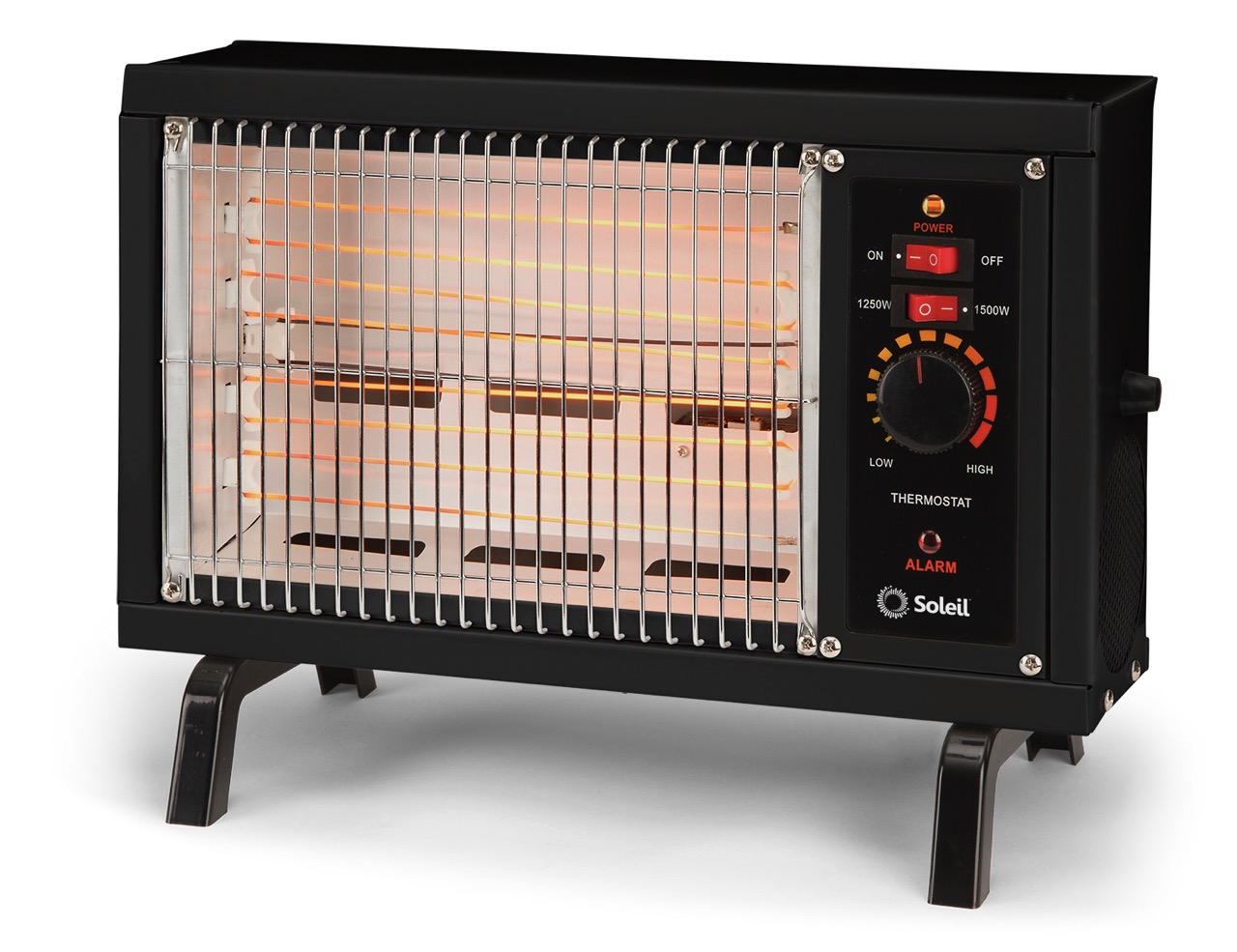
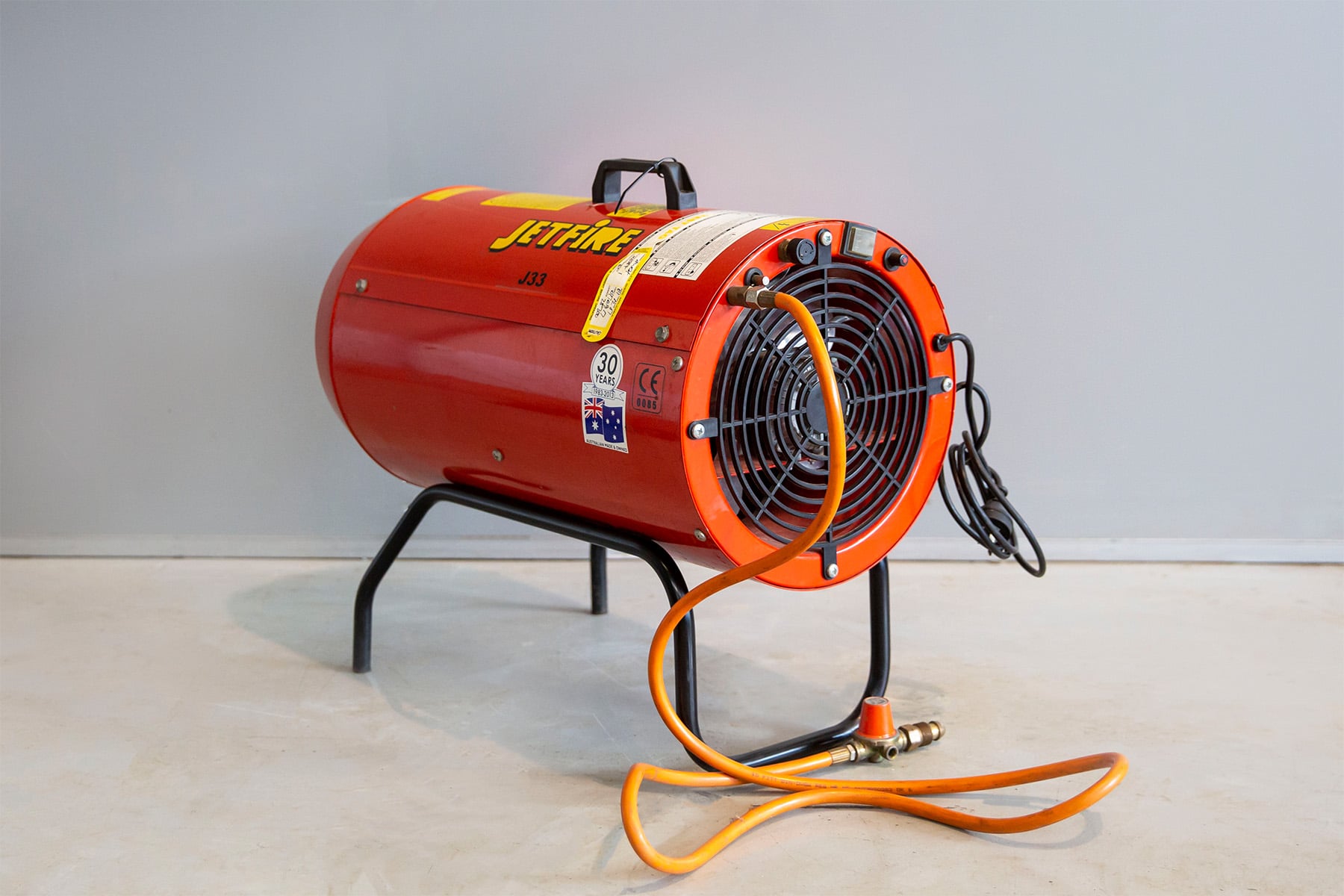
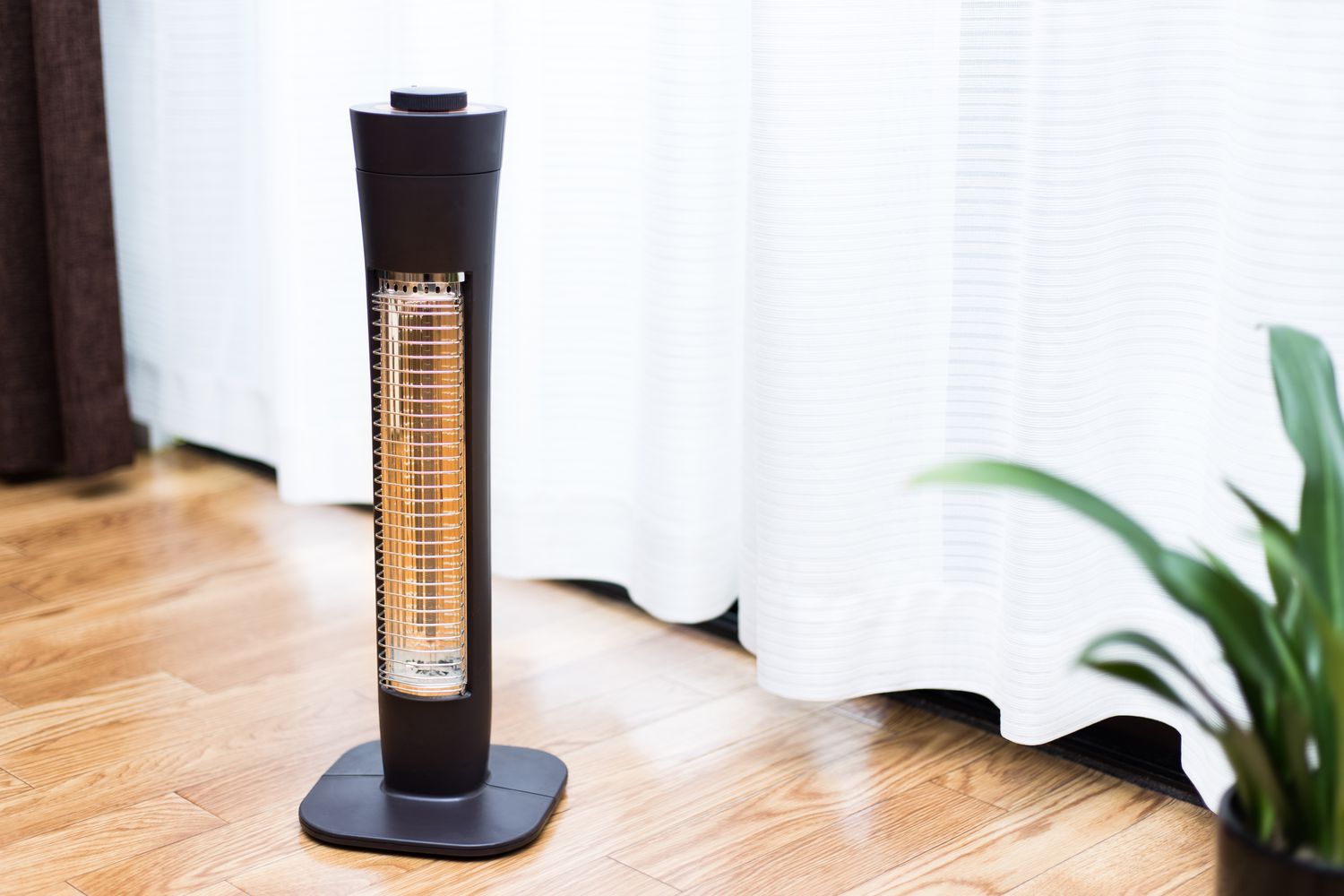

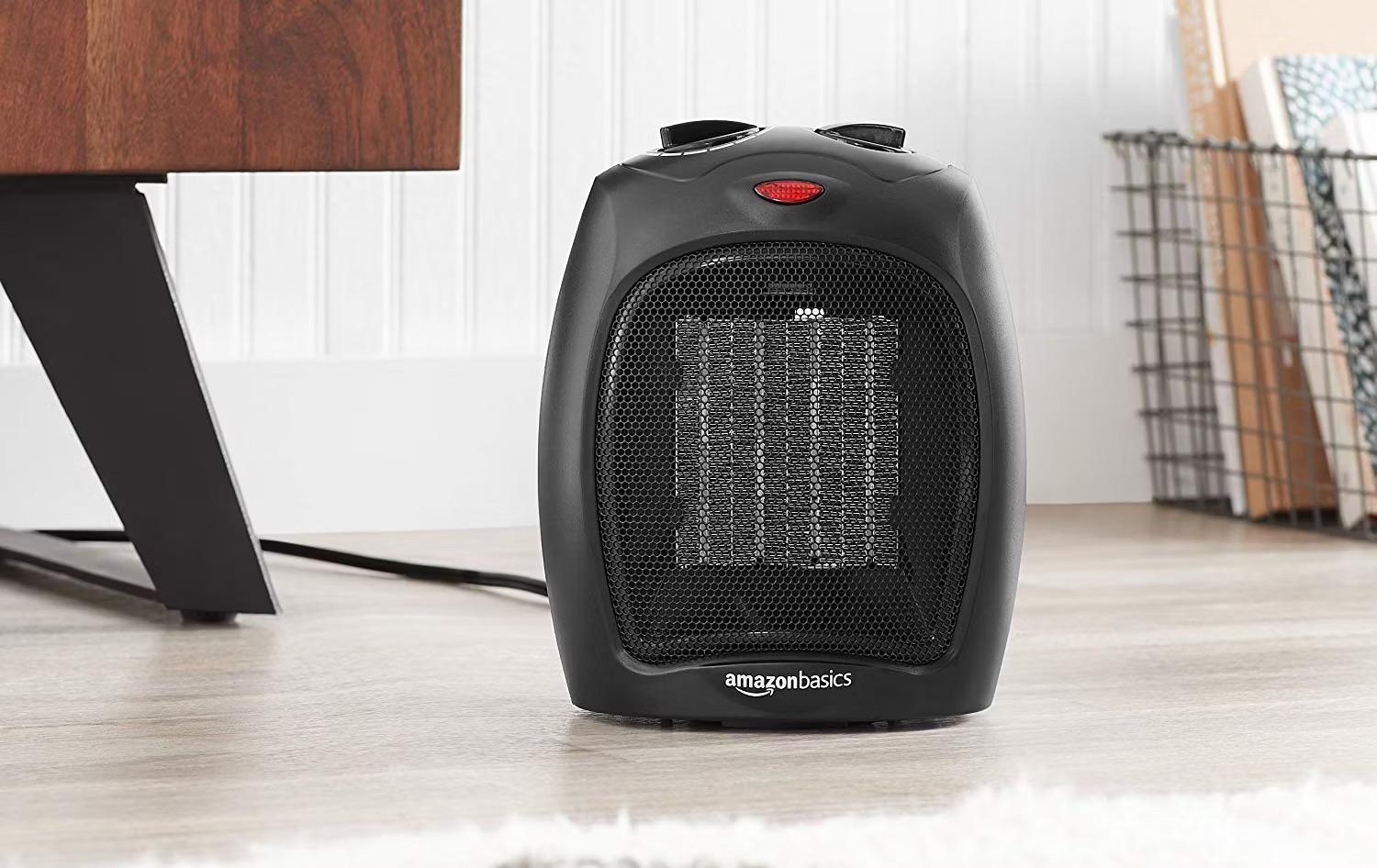

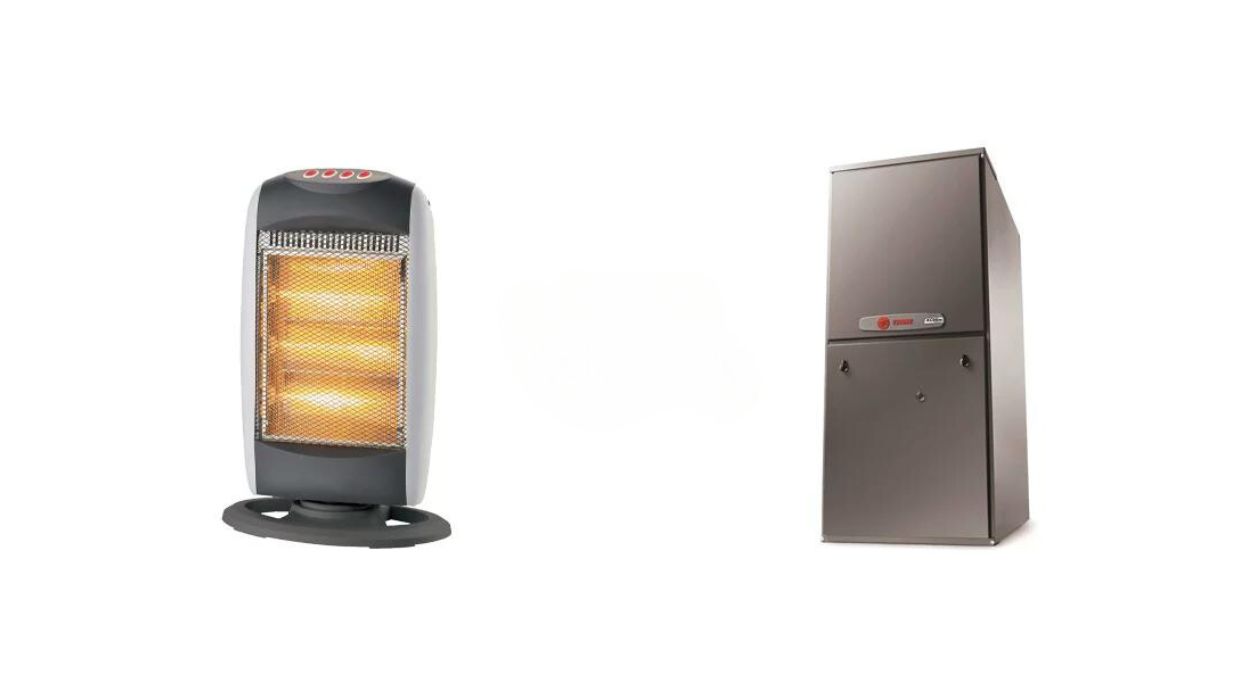
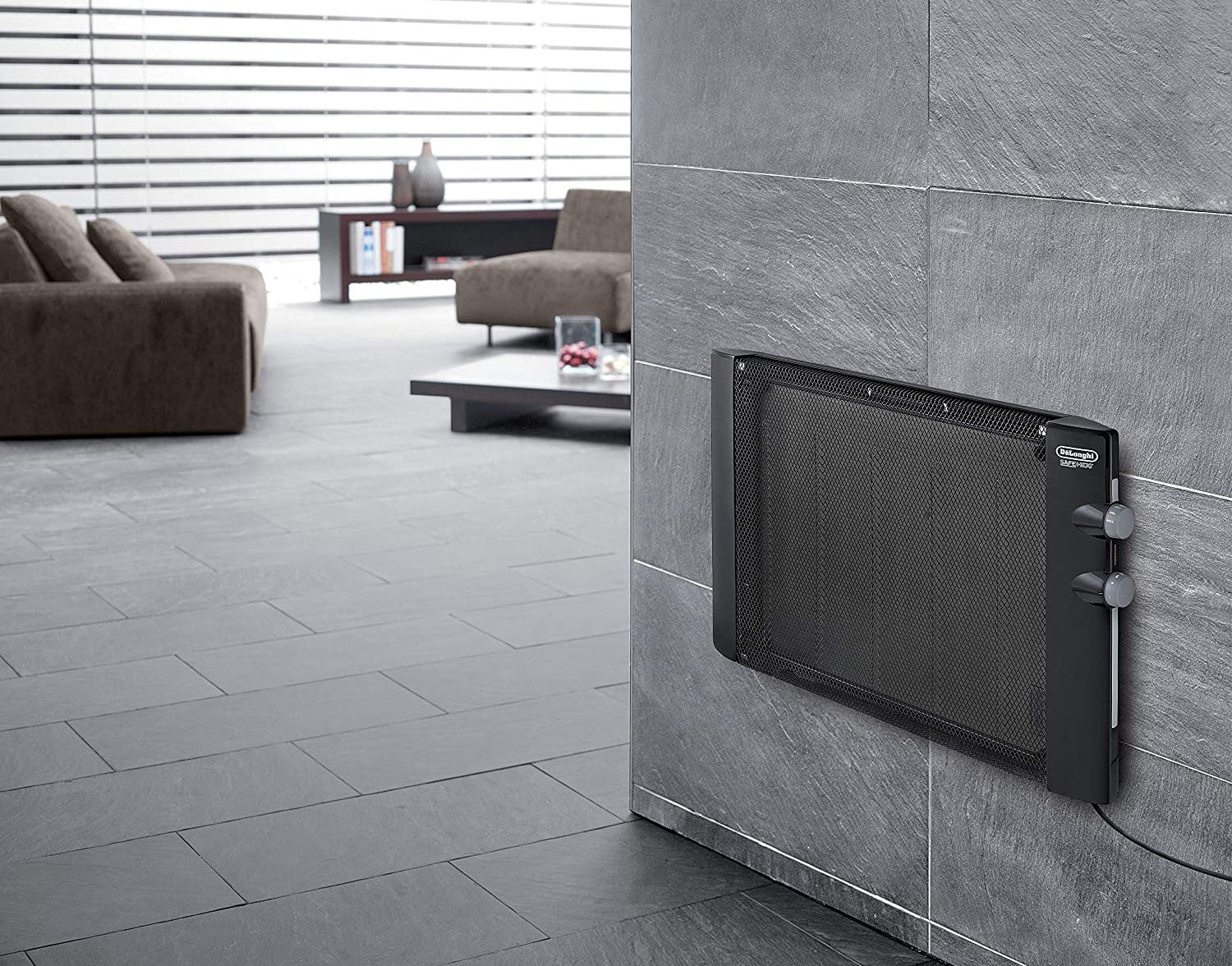
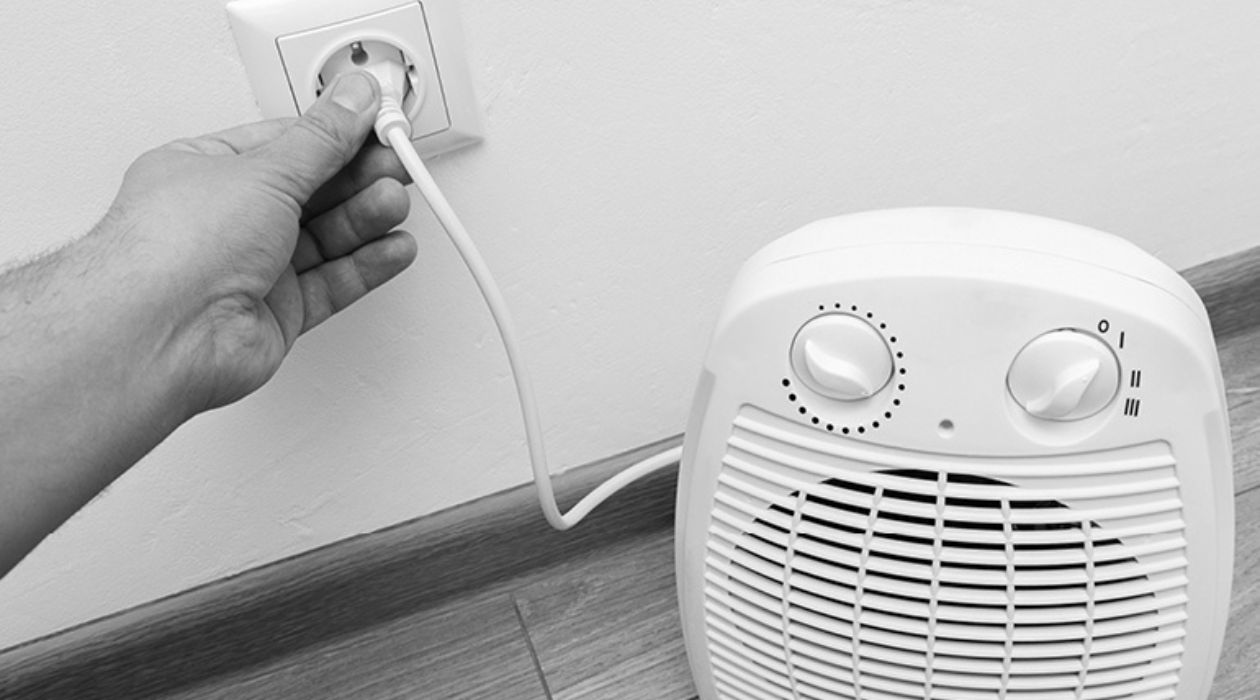
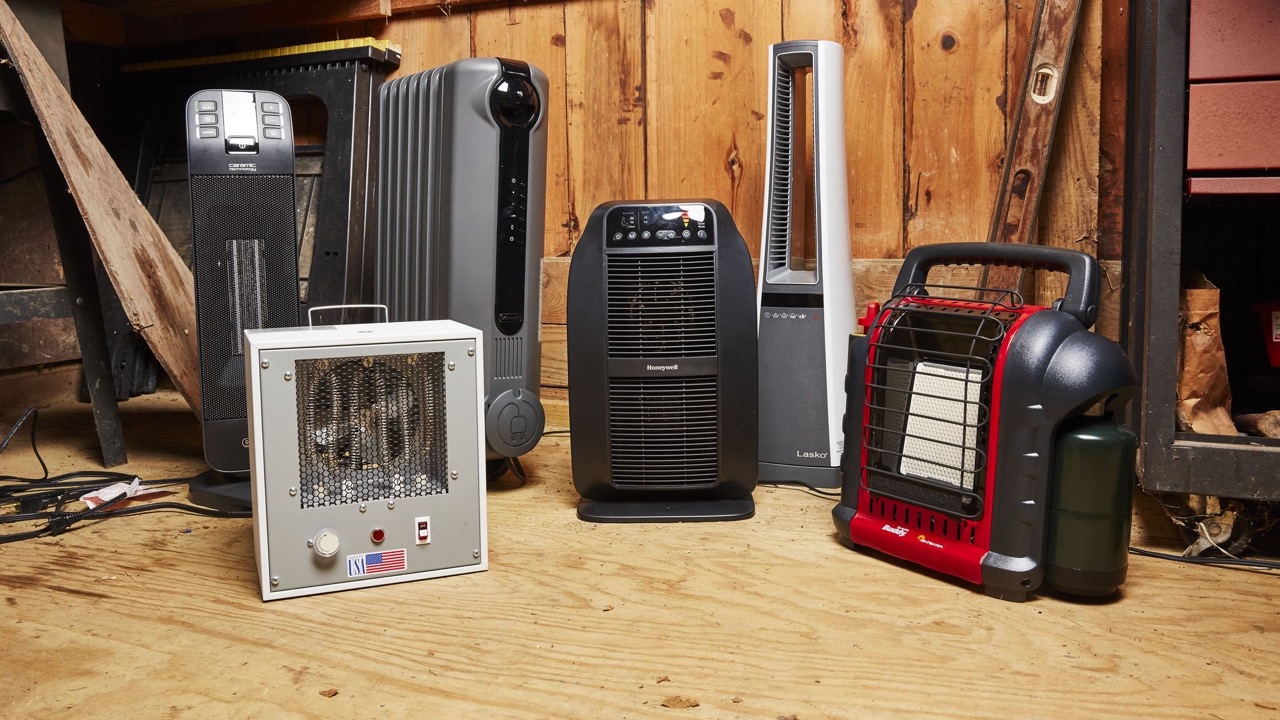
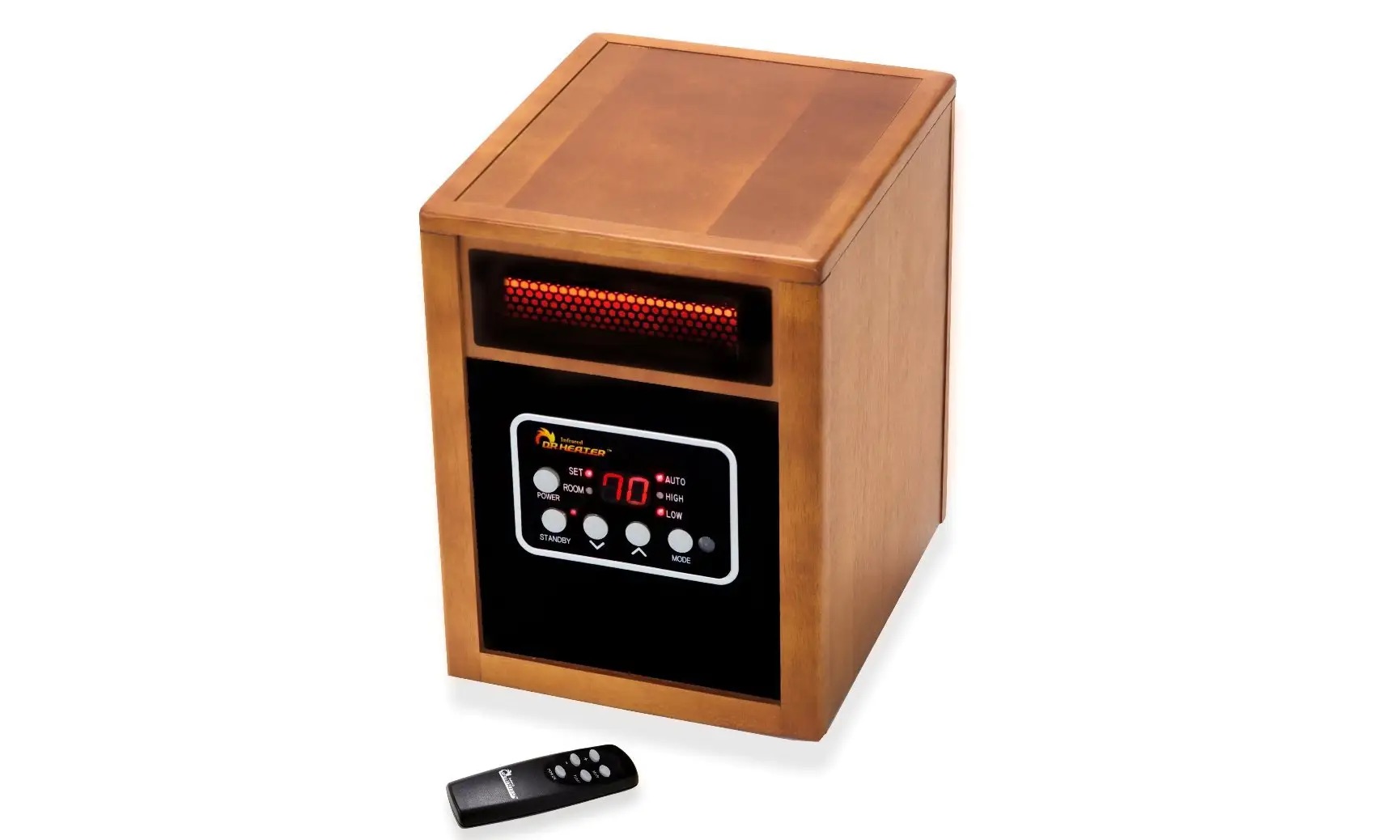
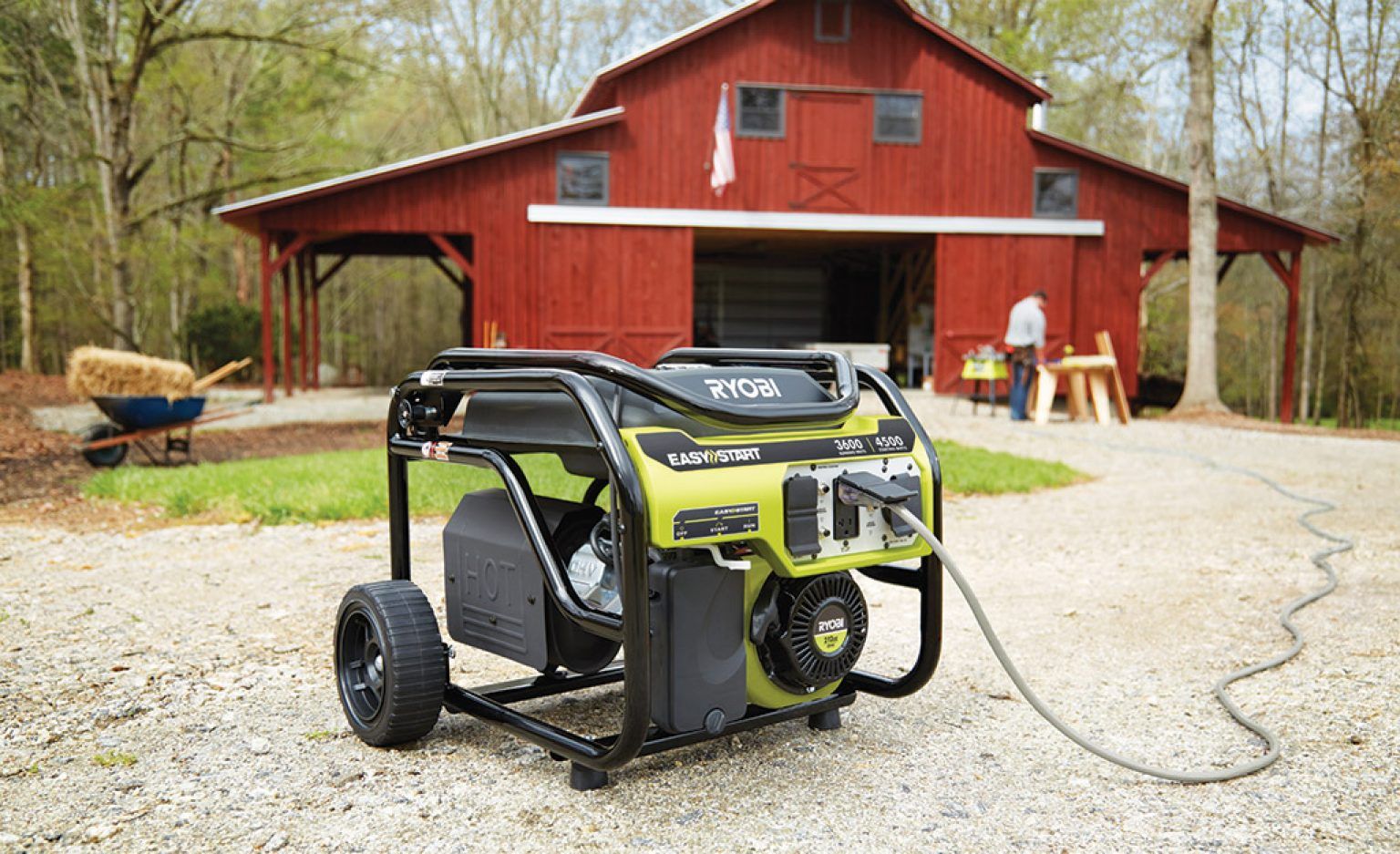
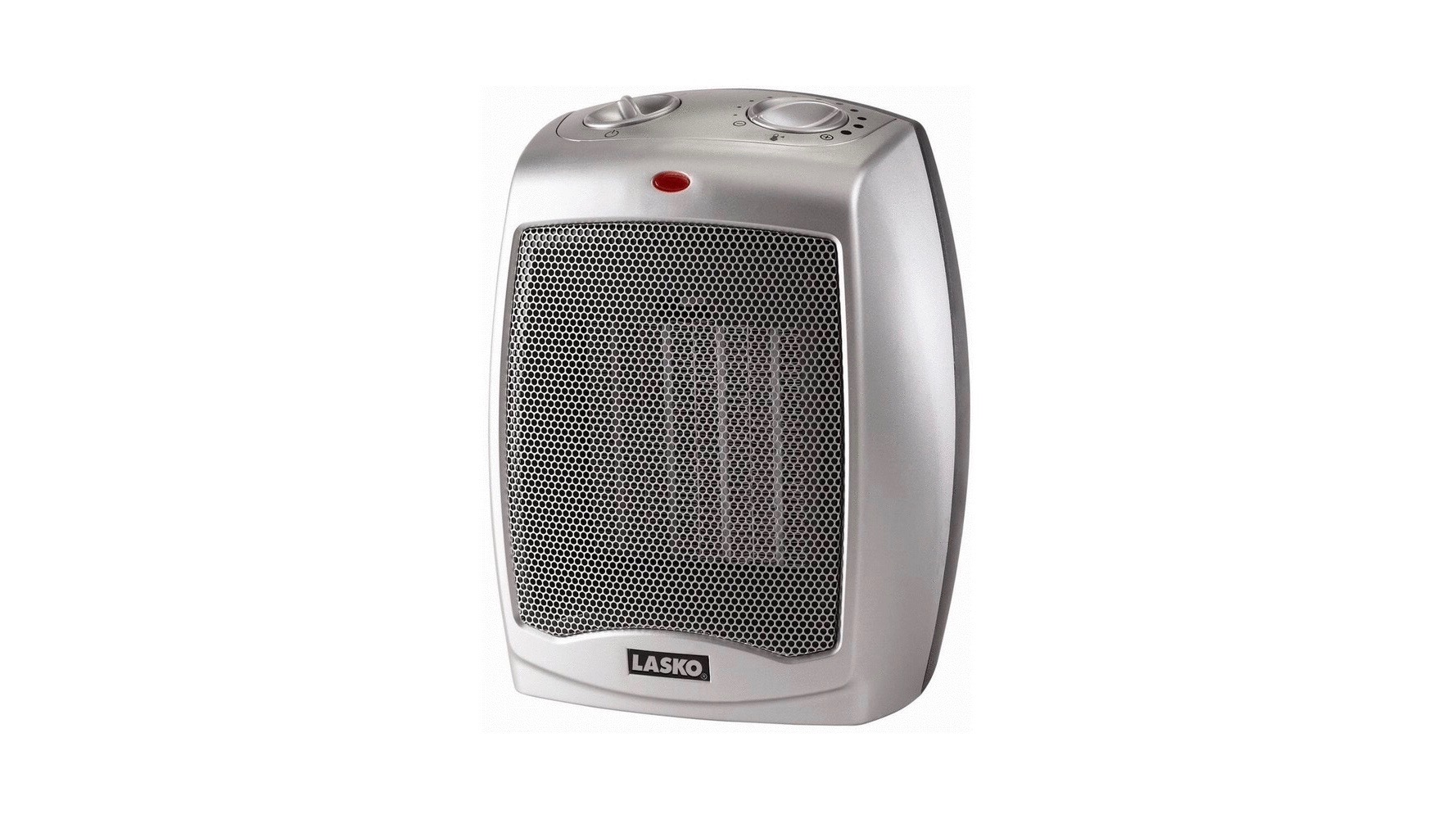

0 thoughts on “What Is The Safest Kind Of Space Heater”